Hi Edzzed,
I'll share a different perspective on a few things in your post to think through and see if they apply.
The bearings, you stated they have never been repacked and you have 3,500 miles on it. I'm assuming, right or wrong, that you bought it new. From what I have seen, in this situation your over due. Many brand new axles come direct from the factory with very little grease in them. So little it is like, you have got to be kidding me.... I have had had 5 new trailers like this and have heard it from others. I pack my own bearings and once I pack them I know what I have and then I can set a preventive maintenance period. Point: Get them repacked, right, and then set up your interval.
The brakes, most camper brakes are "not" self adjusting if you have electric drum brakes. And the 1st 200 miles is the biggest need of adjustment from when new shoes go on. They seat in and then there is more radial clearance making the brakes less efficient. If you have never tweaked them, now is the time while you are dealing with the bearings. Then tweak again about every 3,000 miles.
While properly packed bearings can go a longer time period, these electric brakes are another thing and the only way to get to them is take the drum off. I trust my bearing repack, I am not that trustworthy to go many years and never look at the brakes.
You mentioned bearing buddies, they work OK on a non brake boat axle, but a camper is different. Unless the axle is drilled and taped for the EZ lube feature, do not put bearing buddies on a camper brake axle. The inner grease seal may only be a single lip seal, yes they are that cheap... as grease can and will come out all over the brakes. The EZ lube feature is drilled down the center and then up behind the inner bearing along with a double lip seal (with the garter spring) to force the grease back towards the end of the axle and then through the outer bearing into your hand.
Tire wear, you stated edge wear but not which edge. It makes a difference if it is inside or outside edge. And then the RV dealer says, camber... If there is any truth to the camber statement, on a camper this generally only comes from 3 ways,
- An axle tube made wrong from day one
- An axle tube is undersized from day one
- The camper is overloaded on one or both sides
If your axle has loss of camber, this easy to see. If you have a 4 foot level, you can do it yourself.
Like this, center the level equal both sides from center of the axle tube. OK don't mind the steel toes, they fit well...
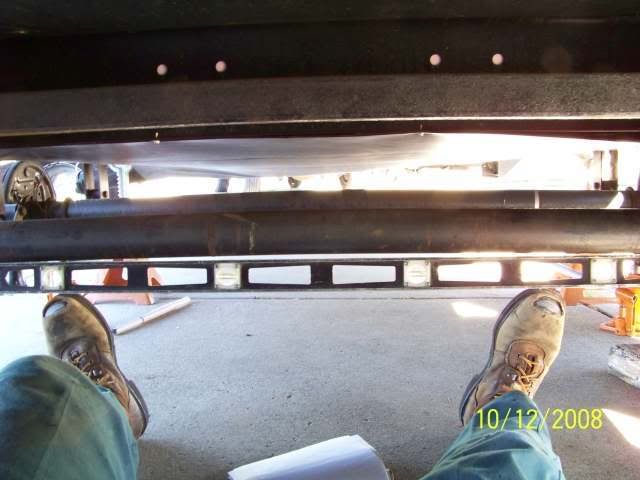
In the center there should be an arch up, that is positive camber on the axle tube. If the tube is flat straight across that is 0 camber and something is wrong, generally overload for the axle size if it was made correct. Make sure you are at full weight, water too when you check. The arch changes with weight. It the arch goes down from straight then your in heavy overload.
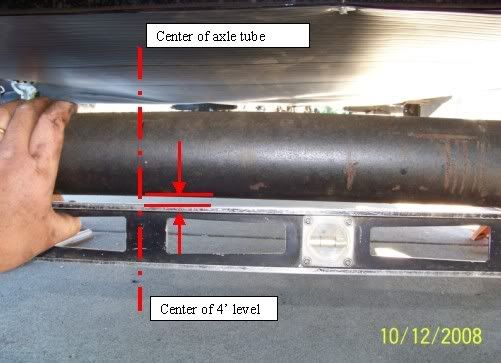
You can also do wheel camber in case one axle stub is bent or overloaded. The top of the tire should be heading away from the side of the camper, the bottom inwards to the camper if there is positive camber. Make sure the camper is on level ground to check this in this method.
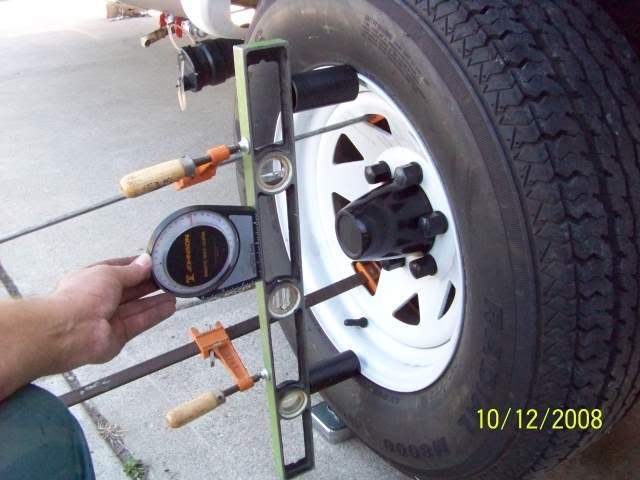
And then there is thrust angle and wheel toe. If the hangers are welded on wrong, more common than ones thinks, then the thrust angle of the front axle tube to the tow ball is off and your grinding up tires going down the road. The rear axle can also be not parallel to the front at the same time or all by itself. That is a trailer frame manufacturing defect if the hangers are on wrong.
Excess wheel toe can be an axle made wrong, hangers welded on wrong, hit a curb and bent it, or and axle mounted wrong. The hangers are undeniable. Hitting a curb can be an issue to prove it was not done. And it may have been done before you ever took ownership.
Dexster is a stand up company and if they themselves created a defect, they have stood behind it before. They would only warrant the parts they made, not the frame and hangers unless it was a Dexster frame.
When you go to the truck shop, make sure you request and get a print out of the "as found" alignment. Your only hope of claiming warranty is proving what the actual problem is, then it will end up on the frame manufacture, the axle manufacture or you. And before any work is done, get it in writing from the camper manufacture and the axle mfg that they will cover the work, before any work is done. If not, it is not in your favor to collect.
Good luck and hope this helps
John



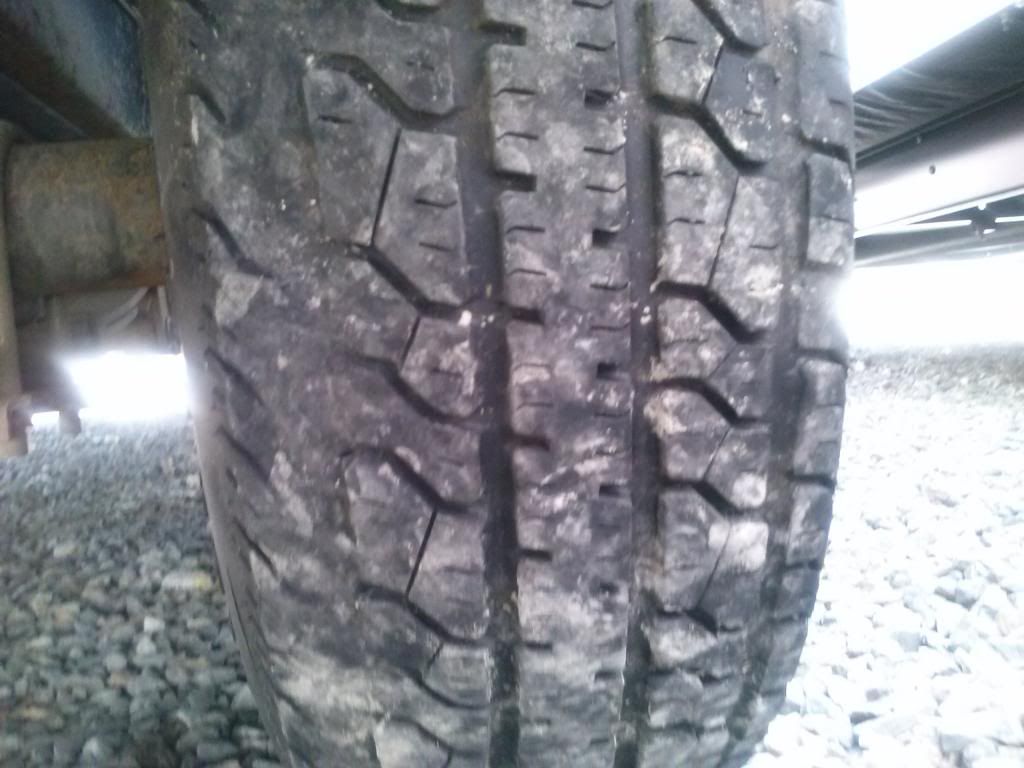
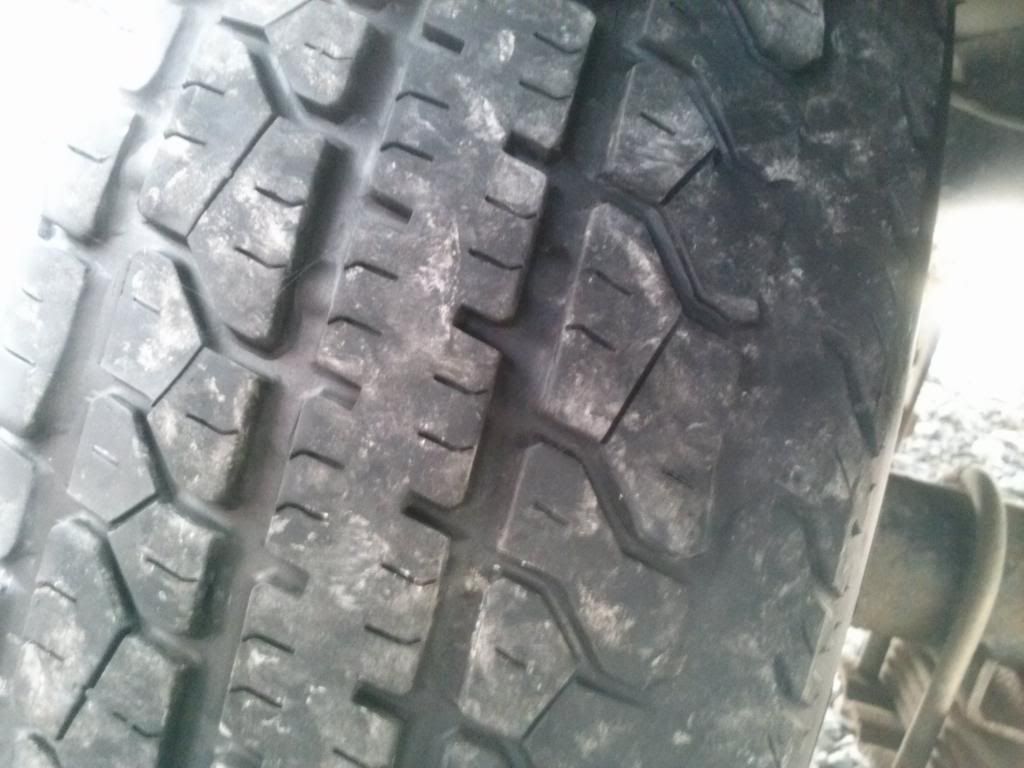
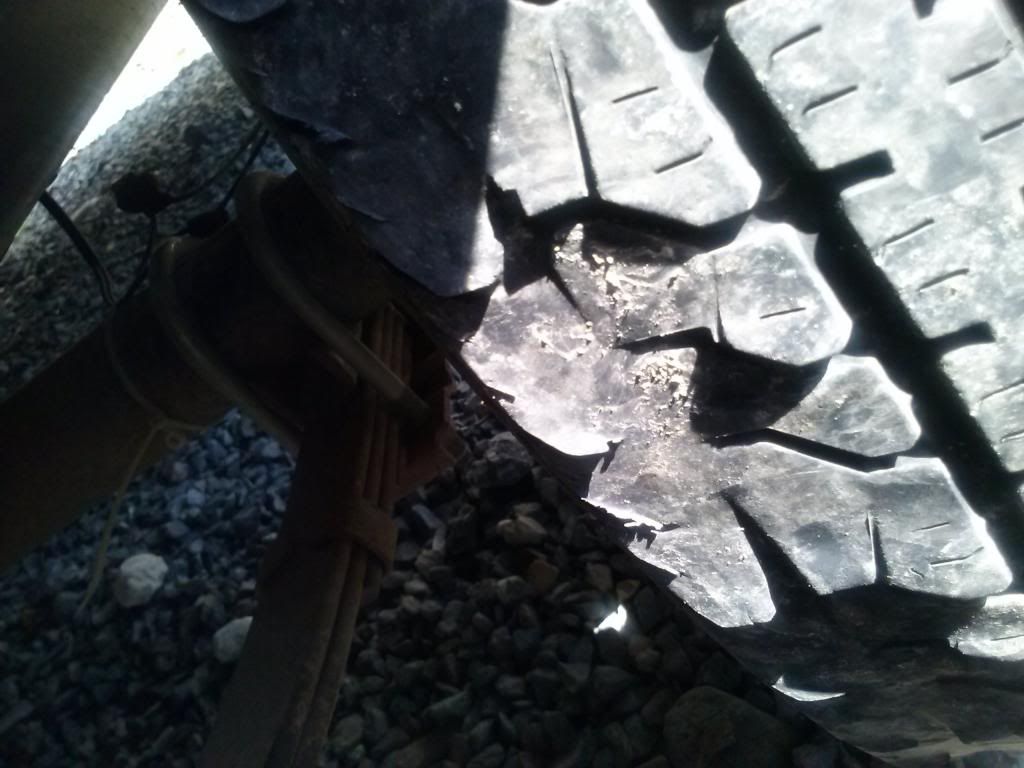
 Not sure how this is gonna work
Not sure how this is gonna work 